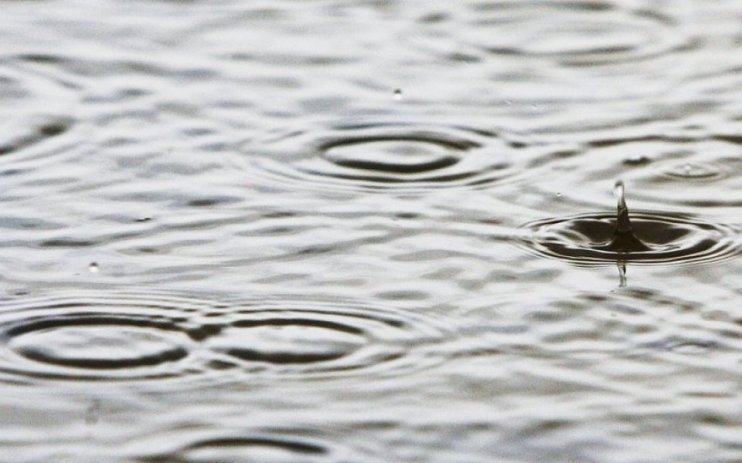Met Office says this month was driest July since 1911 with just 25 per cent of average rainfall

England has experienced its driest July since 1911 with under 25 per cent of average rainfall occurring.
The Met Office made an announcement on Wednesday that there had only been 15.8mm of rain on average across the country over this month.
This represents 24 per cent of the usual rainfall in England, while across the UK as a whole, it the eighth driest July since 1836.
This comes after the UK experienced its hottest ever temperature, breaking records as gauges burst the 40 degrees mark last week.
Yesterday the National Drought Council met, including utility, water and energy companies, as well as regional bodies, but decided not to introduce any water restrictions.
Also included was the National Farming Union, which has raised concerns about the impact of less rain on crops and the price of food.
Head of the Met Office National Climate Information Centre, Mark McCarthy, said: “It is not just July that has been dry. Since the start of the year, all months apart from February have been drier than average in the UK too. The result of this is that the winter, spring and summer of 2022 have all seen less than the UK average seasonal rainfall.
“England has seen the lowest levels during these periods and, rainfall totals for the first six months of the year are around 25% below their long-term average, with the driest regions in the east and southeast.”
He attributed the prolonged dry weather to climate change, saying there’d been a lack of rainfall throughout the year, including the winter.
McCarthy added the “Met Office climate change projections highlight an increasing trend towards hotter and drier summers for the UK, with the driest regions anticipated to be in the south and east.
{While trends in summer temperature and heatwaves are very apparent in the climate recods of recent decades, the large variability in our rainfall means that it is too soon to be able to detect the pattern in summer rainfall.”
